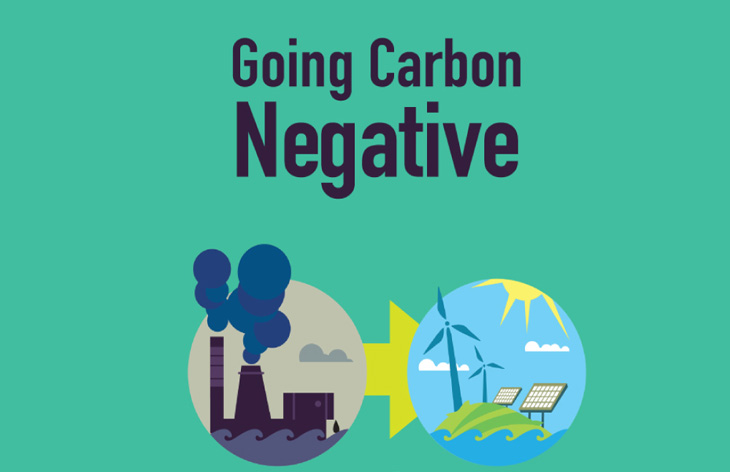The whole world is currently facing the dangerous effects of climate change. Countries now face the challenge of reducing carbon emissions. But there are some countries that have become free from this challenge, that is, they do not need to reduce carbon emissions. That is because these countries have become ‘Carbon Negative‘ countries.
There are 3 countries in the world which have been declared as carbon negative countries. These countries are- Bhutan, Suriname and Panama. Where almost every country is facing the deadly consequences of climate change, these three countries have become examples in front of the world. Today we will know how it was possible for these countries to do this. But first let us know what is carbon emission and being carbon negative.
What is carbon emissions and being carbon negative
The total amount of carbon emissions made by an organization or individual is called carbon emissions/footprint. This emission is in the form of carbon dioxide or greenhouse gases. The challenge before the world is to reduce these greenhouse gases. When the emission of carbon dioxide and its equivalent (CO2e) greenhouse gases is less than zero, it is called carbon negative. However, it is impossible to emit a negative amount of carbon, so being carbon negative means reducing the amount of carbon we release into the environment by some other means.
Bhutan
Bhutan did not take the Net-Zero pledge, because Bhutan was not required to do so. Bhutan’s forests absorb about 9 million tonnes of carbon dioxide (CO2) a year. Whereas the total carbon emissions from this country every year are less than 4 million tonnes.
There are many reasons behind why Bhutan was able to do this. The first reason is that Bhutan is very rich in terms of forests. According to the constitution there, it is necessary to have at least 60 percent forest in this country, while the percentage of forest in Bhutan is 72 percent. Not only this, log export is prohibited in the country, that is, wood cannot go outside the country. Renewable hydropower is the main source of energy in Bhutan. That is, electricity comes from a plant built across rivers. However, it is also worth noting here that Bhutan is a small and non-industrialized nation.
Suriname
If we talk about Suriname, then know that if there are most forests on earth in any area, then it is in this country of South America. Suriname is the smallest sovereign state in South America, 97 percent of which is covered by dense tropical forests.
Panama
The newest name in this carbon negative club is from Panama. The Central American country of Panama is situated on the border of South America. It is known for its mountains, rivers and its tropical environment. This country has been able to stop the destruction of forest cover and now 57 percent of this country is full of forests. Panama aims to phase out heavy fuel and coal by 2023, as well as turn 50 thousand hectares of land into dense forest by 2050.
At COP 26, the three countries formed a formal alliance, demanding preferential trade and international contribution. It is expected that more countries will also join this club soon.

![Buddha Purnima 2025 [TKB INDIA]](https://topknowledgebox.com/iphaphoo/2025/05/12052025-150x150.jpg)
![YouTube is about to turn 20, the company announced many big features [TKB Tech]](https://topknowledgebox.com/iphaphoo/2025/04/28042025-150x150.jpg)
![Basant Panchami 2025: Know the correct date and auspicious time [TKB INDIA]](https://topknowledgebox.com/iphaphoo/2025/01/31012025-150x150.jpg)

![Amazing feature of WhatsApp, you will be able to reply without listening to the voice message[TKB Tech]](https://topknowledgebox.com/iphaphoo/2024/11/24112024-150x150.jpg)





More Stories
Buddha Purnima 2025 [TKB INDIA]
YouTube is about to turn 20, the company announced many big features [TKB Tech]
Basant Panchami 2025: Know the correct date and auspicious time [TKB INDIA]